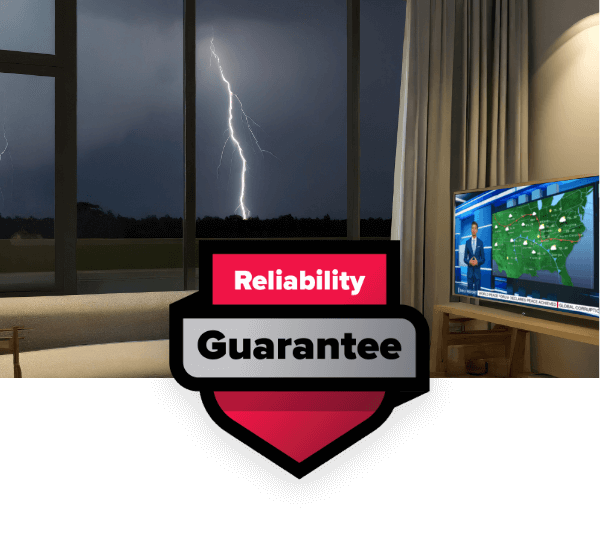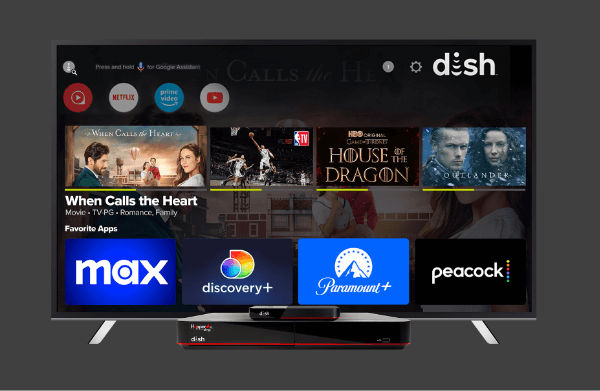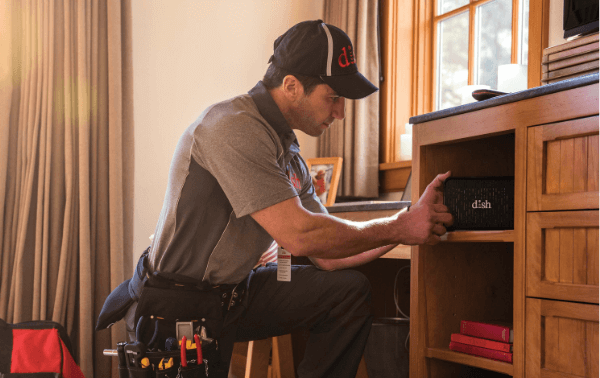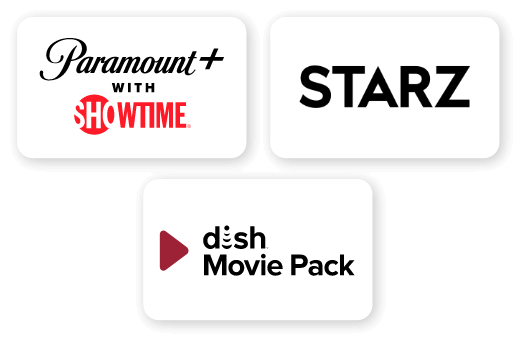Making the Right Choice: DSL vs Fiber Internet
Table of Contents
Remember the days of dial-up internet, when logging online meant listening to that iconic screech of modems connecting and hoping no one would call your house phone? We’ve come a long, long way since then—so far that when our browser takes more than a few seconds to load, we get frustrated.
Today’s internet decisions are less about whether to tie up your phone line and more about choosing between technologies that sound like they belong in a sci-fi movie. Should you stick with DSL, the reliable workhorse that’s served us for decades? Or is it time to embrace fiber internet, with its promise of lightning-fast speeds delivered through strands of glass carrying actual beams of light?
Let’s break down everything you need to know about DSL and fiber internet in terms that will not make your eyes glaze over.
Understanding the Basics
Digital Subscriber Line, or DSL as it’s commonly known, represents the natural evolution of telephone technology. Think of it as your old telephone line getting a major upgrade. Instead of just carrying voice conversations, DSL uses different frequencies on the same copper wire to transmit data alongside your voice calls. This clever use of existing infrastructure explains why DSL became so popular — it turned millions of ordinary phone lines into internet superhighways (1).
Fiber internet takes a completely different approach. Instead of repurposing old technology, fiber-optic cables consist of thin strands of glass or plastic that transmit data as pulses of light. If DSL is like driving on a renovated country road, fiber is like cruising on a brand-new superhighway with unlimited lanes. This fundamental technological difference sets the stage for everything else we will discuss (2).

The numbers game
Speed Wars
When it comes to internet speed, the numbers tell a compelling story. DSL typically delivers download speeds between 1 and 7 megabits per second, with upload speeds ranging from 5 to 35 Mbps. For many households, these speeds suffice for everyday activities like checking email, browsing social media, or streaming the occasional YouTube video. However, try to host a family video call while someone else streams Netflix in 4K, and you might start seeing those dreaded loading screens (1).
Fiber internet operates entirely in a different league. With download and upload speeds ranging from 250 to 1,000 Mbps, fiber connections easily handle demanding tasks. Want to download a large game while your roommate uploads their photography portfolio, and your partner attends a virtual conference? No problem. This substantial speed difference explains why many users feel like they’ve entered a new era of internet usage when switching to fiber (1).
The Real Cost of Getting Connected
Let’s talk money — often the deciding factor in choosing between DSL and fiber. DSL’s affordability remains one of its strongest selling points. Monthly fees typically range from $30 to $60, making it an attractive option for budget-conscious consumers. Installation costs stay minimal since most homes already have the necessary telephone infrastructure, and many providers offer user-friendly self-installation kits (1).
Fiber internet commands premium prices, with monthly fees spanning from $60 to $300. Professional installation usually costs between $50 and $100, and some locations require additional fiber cable installation at $1 to $6 per foot. While these costs might make your wallet wince, many users find the superior performance justifies the investment, especially when factoring in fiber technology’s reliability and future-proofing aspects (1).

Fiber isn’t available everywhere
The Availability Factor
DSL’s widespread availability stems from its use of existing telephone infrastructure. If you have a phone line, you can get DSL service. However, there’s a catch that many providers don’t advertise prominently: performance depends heavily on your distance from the provider’s central office. The technical limit extends to 18,000 feet, but many providers cap service at shorter distances to maintain quality. Think of it like a water pipe — the further the water travels, the less pressure you get at the tap (3).
Fiber availability presents a different challenge. While fiber offers superior performance, its infrastructure requires significant investment from providers. Most fiber networks serve urban and suburban areas, leaving rural communities waiting for expansion. However, providers continue extending their fiber networks, and government initiatives increasingly support rural broadband development. Before getting excited about fiber’s capabilities, check its availability in your area — you might be surprised to find it’s either readily available or completely inaccessible (2).

Comparing the daily experience
Performance and Reliability
Distance significantly impacts DSL performance, but that’s not the only factor to consider. Environmental conditions, including electromagnetic interference from nearby electronics and weather-related disruptions, can affect DSL connections. You might notice slower speeds during peak usage as more neighbors log on. These factors make DSL somewhat less reliable than newer technologies, though still vastly superior to old-school dial-up connections (3).
Fiber internet shines in reliability. The technology resists electromagnetic interference and weather-related disruptions, delivering consistent performance regardless of neighborhood usage patterns. This stability makes fiber attractive for remote workers, online gamers, and anyone dependent on reliable internet connectivity. Think of fiber as your dedicated express lane on the internet highway, while DSL users might occasionally hit traffic during rush hour (4).
Looking to the Future
Industry experts increasingly view fiber as the future of internet connectivity, and for good reason. The technology offers virtually unlimited potential for speed increases, with researchers constantly developing new ways to transmit more data through existing fiber lines. While DSL has been a reliable standard for years, its theoretical speed limits make it less suitable for emerging technologies like virtual reality, 8K streaming, and whatever comes next (4).
Current developments support this trajectory. Major tech companies continue investing in extensive fiber networks, including ambitious projects like the Pacific Light Cable Network, which connects Los Angeles to Hong Kong via 8,000 miles of submarine fiber cable. These massive investments indicate strong confidence in fiber’s long-term potential and suggest that fiber infrastructure will continue expanding globally (4).

Household usage is a deciding factor
Making the Right Choice for Your Needs
Your decision between DSL and fiber should reflect your specific circumstances, including your budget, location, and internet usage patterns. DSL remains a practical choice for users with basic internet needs or those in areas without fiber access. Its affordability and widespread availability make it a reliable option for many households, especially those using the internet for browsing, email, and occasional streaming.
However, if you work from home, regularly stream high-definition content, play online games, or maintain multiple connected devices, fiber internet’s superior performance may prove worth the additional cost. Consider your household’s current and future internet needs when making this important decision. Remember, internet technology continues evolving, and today’s luxury speeds might become tomorrow’s basic requirement.
Ready to Explore Your Options?
Enter your zip code to check what’s available in your area. Every neighborhood is different, and knowing your options is the first step to getting the perfect internet connection.
You can also use our provider comparison tool to compare the internet service providers in your area.
Sources
[1] Forbes.com. “DSL vs. Cable vs. Fiber Internet: Major Differences, Pros And Cons"
[2] TMobile.com. “DSL vs. Fiber vs. Cable vs. 5G Home Internet"
[3] HowStuffWorks.com. “How DSL Works"
[4] Forbes.com. “The Future of Fiber"






 Call
Call 

 Access Your Account
Access Your Account